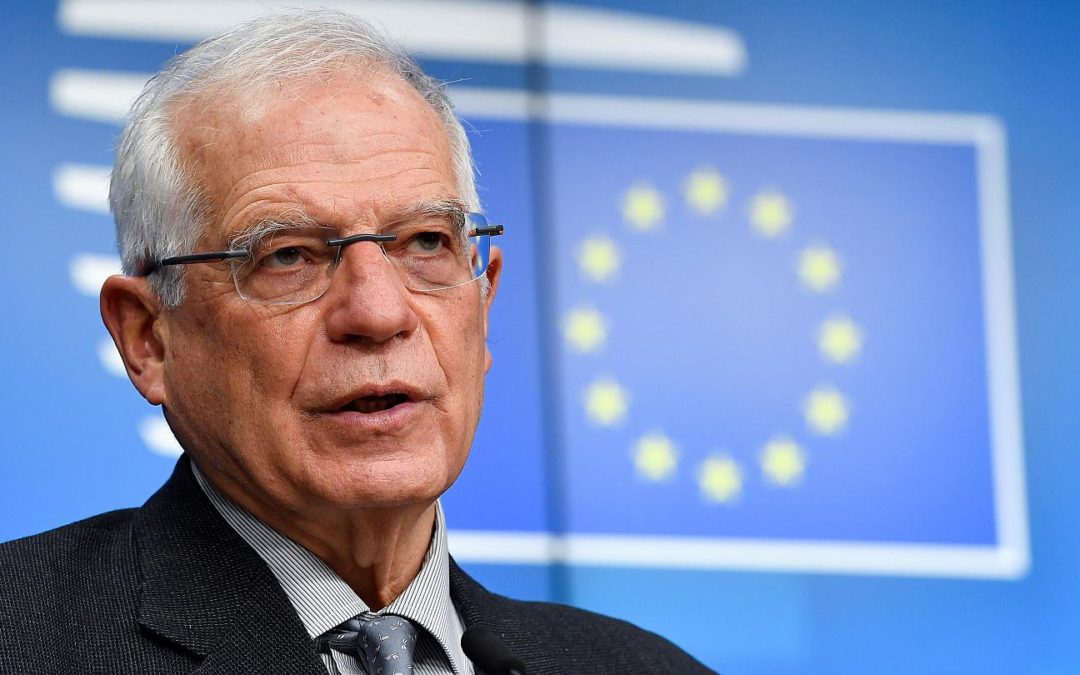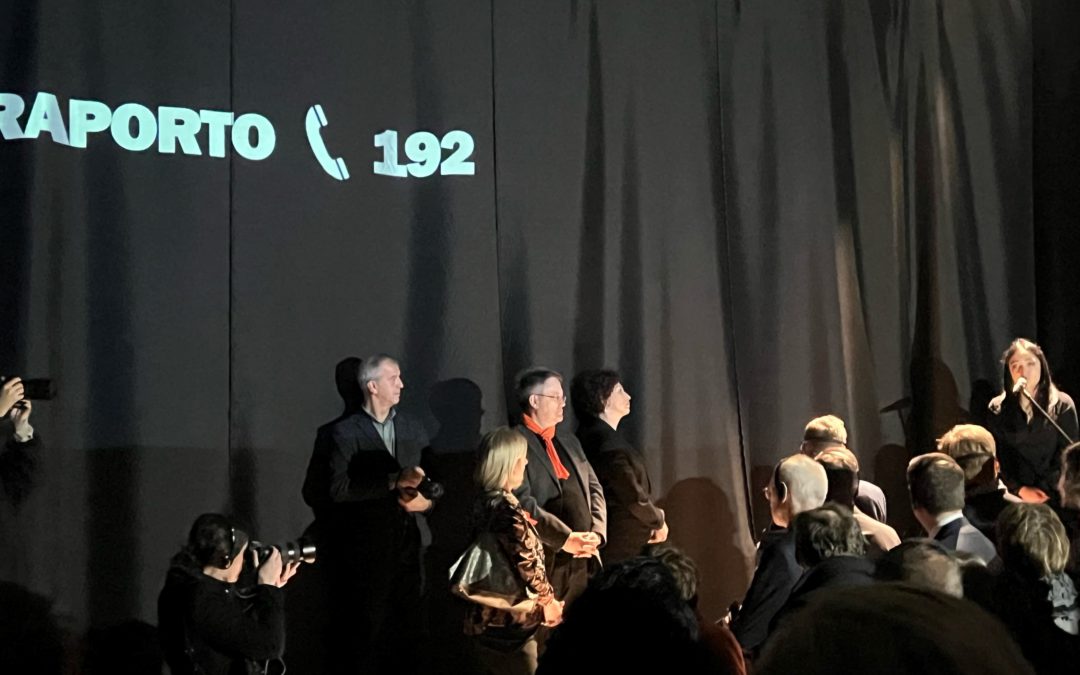Without the required equipment, the work was done manually with pickaxes and ore was transported with wooden carts.
This is how one of the first workers of the magnesium mine in Strezoc, 80-year-old Hafiz Mustafa, explains his work.
“The mine was in a high hill and the tractors could not reach it. The tractor transported ore from Strezoc to Kamenica, and then they were transported with trucks to Kraleva, where they were processed,” he says.
His salary was quite high and he managed to pay for the education of his eight children. When the enterprise was still functioning, he also got bonuses for having children, “extra money.” The enterprise also offered prizes for the workers as well as some money to build a house.
Kamenica’s vice-mayor from 1969 to 1976, RadomirDjokic, now 88 years old and the author of some books about the villages of this municipality, recalls how the mine was one of the reasons for the development of Strezoc, and later for the whole municipality, making 30% of the budget.
“Engineers from Belgrade have checked the quality of the magnesium mine, after some analysis it was concluded that it was the mine with the best quality and the largest quantity in the Ballkans,” recalls Djokic.
According to the Privatization Agency of Kosovo, the mine has the largest magnesium resources in the region: the estimated resources of “GuriiBardhë” were 4.5 – 5.5 million tons of magnesium, of which 1.5 – 1.7 million tons were of high quality ore.
The times when 1,200 individuals earned a living from the mine are gone.
The former enterprise in Strezoc, “Xeherorja e MagnezititSh.P.K,” was privatized at the end of 2007. “IMING d.o.o.,” the winning offer through a special spinoff, failed to fulfill the promises they made to make investments and employ 238 workers. Since they didn’t fulfill the conditions of their offer, the ownership of the mine went back to the Privatization Agency of Kosovo once again.
“This mine is expected to start working again soon, but we are waiting for an adequate and serious individual to buy it,” says Veton Hajdini, head of the Media and Public Relations Unit of the Privatization Agency of Kosovo.
According to the Kosovo Agency of Statistics, Strezoc was most heavily populated in 1921 – around 2,000 citizens. From 1949-1957, Strezoc was a municipality on its own. Later it was included in the municipality of Kamenica. From 1991, the number of citizens living in Strezoc dropped to 732, while today, according to the head of the village council, there are only 98 citizens left. Only five of them are employed in the village elementary school.
After the privatization, since the mine was not functioning, a lot of individuals were left unemployed and a lot of them moved out of the village.
The Rama family from this village believes that there is no perspective left for this place. The head of the family, Shefqet Rama, 60 years old, had worked as a guard of the Magnesium Mine since 1975 and was paid “enough for a family of ten.” Today, he is a farmer in order to take care of his family. He would grow more crops if he had the necessary equipment.
Mustafë Mustafa, a 44-year-old who now lives in Gjilan with the five members of his family, tells the story of how he left Strezoc after he finished elementary school. After he graduated from high school in Prishtina (since there is no high school in Kamenica), he went back but could not find a workplace.
Today, he works in a laboratory in Gjilan but believes that he and his brothers would still be living in Strezoc if the village were as developed as it used to be, if it had an ambulance and opportunities for employment.
“For years, Strezoc would develop more and more. We used to have it all: the municipality post, ambulance, different shops, restaurants, vet, cafes, notary, shoe repairmen, and other stuff,”recalls Hafiz Mustafa.
Today, the only business that operates in Strezoc is a food market owned by 51-year-old Fadil Rama, who says that it is the way he gets income to feed his family of four.
The head of the village council, Kujtim Cakolli, admits that the people are leaving the village because they cannot find workplaces and the local institutions are not doing anything about this phenomenon.
“There are no workplaces, no subsidies, there are nearly no basic conditions for living, including infrastructure.” He recalls that the last investment in the village, the pavement of the main road that is 1 kilometer long with asphalt, happened three years ago.
He claims that the condition of Strezoc would change if the mine would start working again. It would not only help the residents of this village but all the other villages nearby.
Meanwhile, the residents left in Strezoc rely on their own private initiatives, mainly with agriculture, to make a living.
The head of his family, 57-year-old Rexhep Sylejmani, says that he decided to grow raspberries together with his wife and children and they are supported financially by his brothers who live abroad.
The former construction workerRexhep, who is now old and doesn’t have a lot of energy, decided to grow raspberries.
“We don’t want to live anywhere else and this was a good opportunity to live here…,” he says.
Other than raspberries, they grow other crops and produce honey.
On the other hand, their 18-year-old son Aridon is going to study in Prishtina this year and doesn’t think about going back to live in Strezoc.
“I don’t see a future here, only if something changes. If not, I think I will continue to live in Prishtina after I finish my studies. I will only come here on weekends.”
The director of the Administration of the municipality of Kamenica, Valon Maliqi, says that the municipality is aware that the number of citizens is decreasing in this village and that this is a negative phenomenon that also happens in other places.
“Strezoc has a low number of residents, the municipality has no possibility of offering subsidies. The only thing that the municipality can offer the residents is to advise the farmers who show interest in growing crops,” says Maliqi
Nafie Sylejmani








